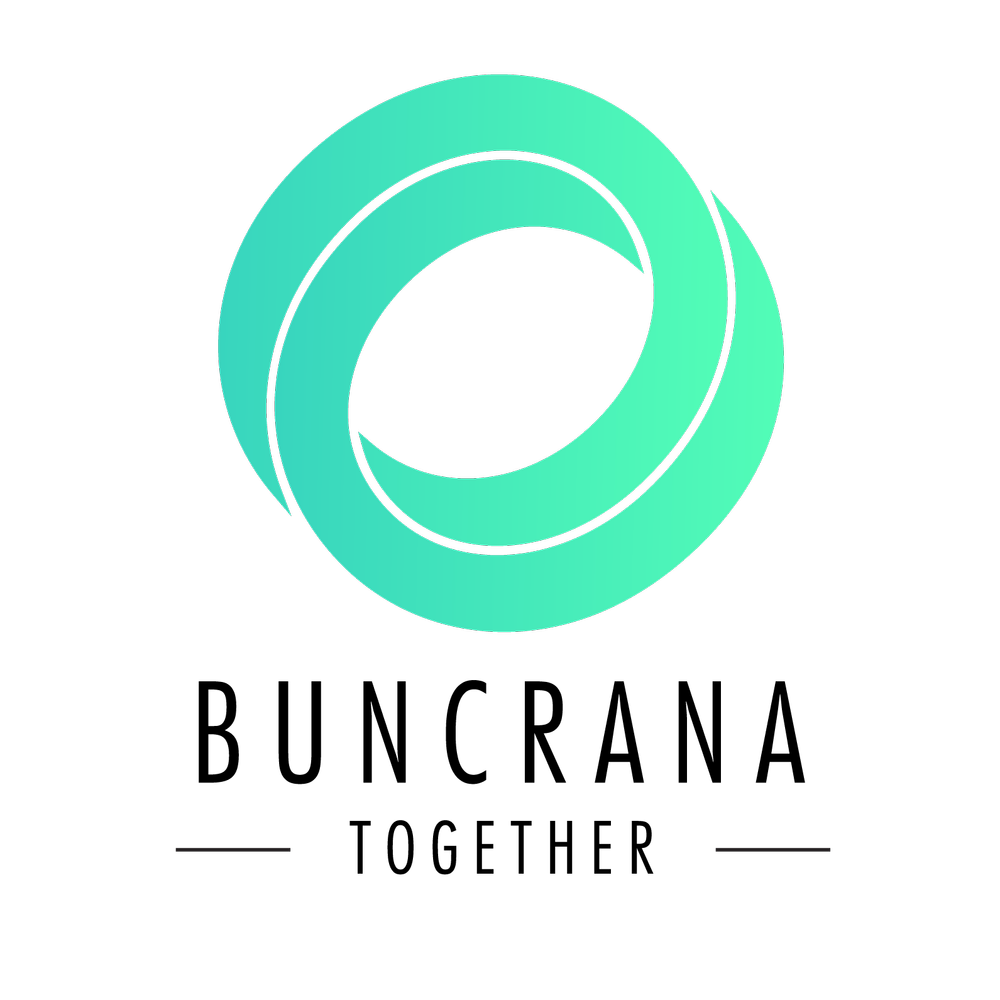There was plenty of coverage today of the numbers of people living in poverty, following the publication of the latest official data by the Central Statistics Office. (Coverage here, here, here and here; CSO press release here & full report here.) Some of the reports mentioned the fact that the figures, which are for 2015, show that economic inequality decreased that year.
Understandably, the comments focused on the specific report that the CSO published today. But a telling detail is revealed if you combine the information in the CSO’s report with the information in a second document, the ‘SW19’ booklet for 2015 (the same year that the CSO report covers) from the Department of Social Protection (PDF, 76 pages here). The SW19 booklet sets out the rates and bands for all social welfare payments.
Comparing the data in the two documents shows that only two social basic welfare payments were enough to give an individual recipient a basic income that was higher than the state’s official measure for being at risk of poverty. ( I am counting about 17 types of payment as ‘basic’ though somebody else doing this exercise could argue that more of them should be classified this way.) By ‘basic’, I mean the ‘headline’ rate of payment for an individual in their own right, and not including some standard top-ups (like the fuel, gas or electricity allowances, or increases for adults or children who are dependent on the recipient).
Some numbers:
The threshold — chosen by the government — for defining somebody as being at risk of poverty is 60% of the median equivalised income. I won’t go into what that means here. However, the CSO report shows us in the first row of the first table of data that, in 2015, the annual median equivalised income in Ireland was €20,000 (unusually, a round number). 60% of that is €12,000, which converts to a weekly income of €230.77 — below that, and the State says you are at risk of poverty.
The highest old age pension in 2015 was just short of that poverty line, at €230.30. You were eligible for this — the ‘State Pension (Contributory)’ if you had paid PRSI (of the right type) for an average of 48 weeks each year you worked. If you hadn’t paid stamps, the highest pension you could get was €219.00 (the ‘State Pension (Non-Contributory)’). The maximum Widow’s, Widower’s or Surviving Civil Partner’s Contributory Pension was €193.50. The non-contributory equivalent had a maximum of €188.00
If you were on the dole, the maximum basic individual payment you received was €188.00, for both Jobseeker’s Benefit or Jobseeker’s Allowance. The same rate applied to Farm Assist. (There is also a pretend Fish Assist scheme that isn’t actually a separate scheme.)
The maximum Disablement Benefit was €219.00, the maximum Disability Allowance was €188.00
And so on, through page after page in SW19, where almost all payments are below the key value of €230.77.
The exceptions? One is the Carer’s Allowance (if you’re caring for somebody over 66), where the maximum payment is €239 if you’re looking after one person and €358.50 if you’re looking after more than one person. But that means you are doing a full-time job of caring for somebody. And the maximum Guardian’s Payment was €161.00 per orphan, so caring for two orphans would bring you over the poverty line — but that doesn’t count because the Payment is to be used for the orphans.

